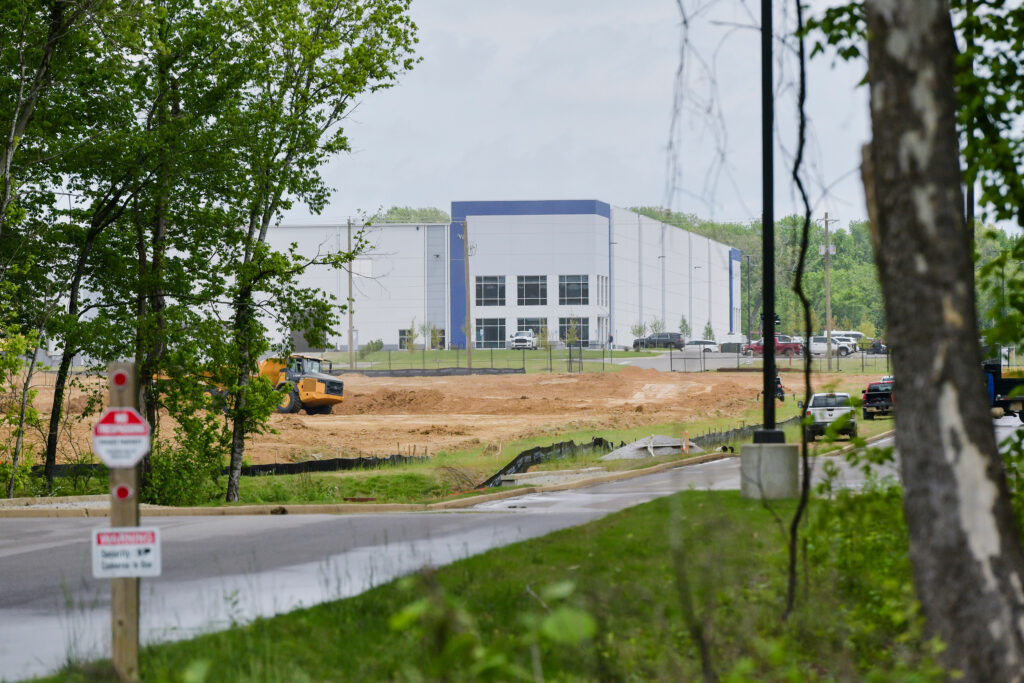Copyright Inside Climate News

When Cornell University systems engineer Fengqi You started modeling the environmental footprint of data centers three years ago, the AI boom was just beginning. Even then, You and his colleagues noticed something missing from the conversation. “When we started this, we saw that AI was growing very fast,” You said. “It was clear it would have to be aligned with power-grid planning, with water and other resource planning. There were no discussions about these topics—but we wanted to bring real numbers, rigorous analysis on AI’s physical footprints.” You and his team’s new paper, published Monday in the journal Nature Sustainability, delivers those numbers—and they’re enormous. Depending on how fast the AI industry expands, the authors predict U.S. data centers could annually consume as much water as 10 million Americans and emit as much carbon dioxide as 10 million cars. Those estimates put the annual resource consumption of the AI industry in the range of the entire state of New York. Despite the sobering forecast, You and his fellow researchers are optimistic about the possibility of addressing the issue of data centers through sound policy. The report highlights the necessity of decarbonizing the electrical grid, improving energy and water usage efficiency inside data centers and moving the AI industry to areas of the country better suited to its sustainable development. “We’re still early in this growth, it’s in our hands now,” You said. “It’s not too late yet to do the planning and accounting for resource constraints that could let AI continue to grow.” Where to Build—and Where Not To The study highlights that from one state to the next, the environmental cost of AI looks radically different. It breaks down grid mixes and water resources state by state to show how the data center boom will affect various parts of the country differently, and outlines policy suggestions that can mitigate its impact. The world’s densest data center hub remains Northern Virginia’s “data center alley” outside of Washington, D.C., where the industry clustered itself over decades because of tax breaks, fiber infrastructure and proximity to federal agencies. Now that the demand for data center construction is exploding, You warns that Northern Virginia “won’t have enough resources to support the growth of the AI industry in a sustainable way, there are too many constraints in terms of energy and water.” The report projects that through 2030, Northern Virginia will continue to be the dominant location for data center construction, despite the area’s resource constraints. That’s why, You argues, policymakers need to be pushing companies now to start looking away from Northern Virginia and toward states with more sustainable prospects for the AI boom. “The key point we’re trying to make is that for the new projects, we have a chance to decide right now,” You said. “And we need to think about somewhere else.” The study points to Midwestern states in particular, where water availability and the potential for renewable energy infrastructure could help mitigate the strain that data center construction exerts on resources and emissions. “States like Texas, Montana, Nebraska, for instance, they have enough water supply and have good targets for getting clean energy and sufficient power supply,” You said. By redirecting AI infrastructure to these regions, the researchers argue, the U.S. could sharply reduce the environmental impact of the industry without a major slowdown in its growth. A Fork in the Road for Climate The paper’s findings arrive amid escalating alarm over AI’s growing appetite for electricity and resources. With utilities rushing to build new gas-fired power plants in order to support the power demands of AI projects, environmental experts have warned that data centers could upend progress toward reigning in emissions. A report released last month by the Center for Biological Diversity estimated that, if current trends continue, data centers in the United States could account for nearly half of all emissions from the power sector that current national climate targets would allow. The report warned that “because of expected fossil fuel–reliant AI data center growth, all other electricity-consuming sectors would need to increase their carbon-emissions cuts by 60%” in order to still meet the United States’ 2035 climate target. Jean Su, one of the report’s authors, told ICN that despite the current obsession with AI, “unfettered data center growth is not an inevitability.” “Technology optimists are saying AI is going to solve the climate emergency and cure cancer,” Su said. “But the way to actually resolve the climate emergency is to phase out fossil fuels. Scientists have already told us how to do it, we don’t need AI, we just need political will.” But political headwinds in the U.S. are blowing in the opposite direction, with President Donald Trump gutting renewable energy projects and vocally championing the use of coal and gas. “Projections show that data centers are going to be powered by fracked gas through 2035,” Su said, “and that’s in the political interest of the president and in the interest of the fracked gas industry.” Su stressed that the public interest needs to become part of the conversation around data center construction, with residents given the opportunity to weigh in on whether new projects in their home states will actually benefit them. You’s study shows that the Biden administration’s 2035 climate goals—slashing greenhouse gas emissions across the economy and transitioning the U.S. power sector away from carbon pollution entirely—remain technically achievable, but only if AI infrastructure aligns with major policy changes. The authors point to the need for tighter regulation, greater transparency and AI-specific benchmarks for energy and water usage, not unlike fuel efficiency standards for vehicles. The study adds to a growing body of reports which emphasize how the next few years will be crucial in determining how the AI boom affects climate issues in the United States. According to Su, the country must decide who this new technology will truly serve. “We can’t let billionaire corporations dictate policy while the rest of us pay the price,” she said. “We have to ask what’s actually in the public interest.”



